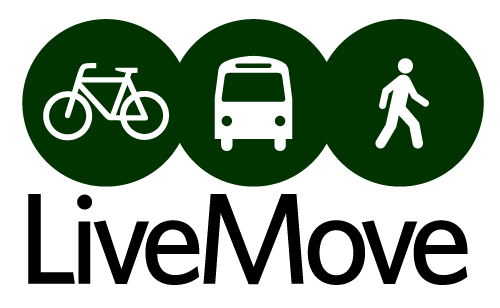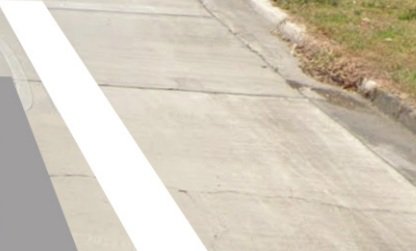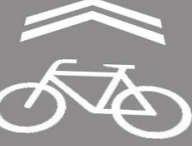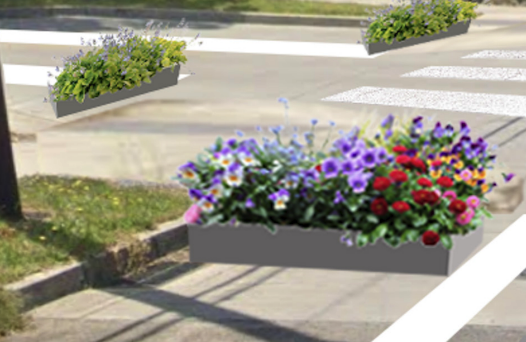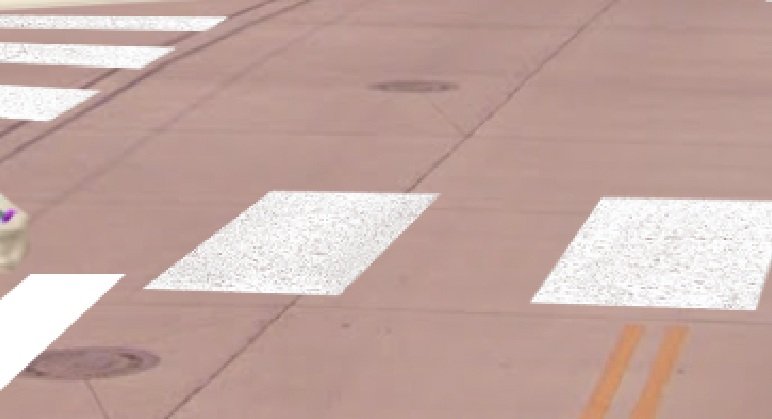Eugene Neighborhood Greenway Project
-
LiveMove suggests the city of Eugene alter traffic patterns by residential streets. The alterations would restrict through traffic. The change would allow for resident cars and biking down these streets. Additionally, LiveMove is proposing planter boxes, pavers to dictate on-street parking, and speed bumps be placed. Each feature would allow residents to safely walk, bike, and play in their neighborhoods.
-
As the group worked they had several principles that guided them. These principles were focused on enhancing residential streets, street designs for all ages, leaving on-street parking, utilizing design principles the Dutch team shared in the Fall of 2022, creating continuity and visual clarity for all road users, prioritizing direct cycling routes and making driving slightly indirect, reduce speeds and volume of cars, create a network, and enhance place-making opportunities for neighborhoods.
-
Advisor: Marc Schlossberg
Students: Sam Amick, Carrie Bohannon, Claressa Davis, Mya Ganzer, Finn Haefker, George McNamee, Sierra Rodriguez-Torres, Chris Skawski, and Ernest Wolf.
Before Alterations
The image to the left depicts the current intersection at Friendly and Tyler.
Calming Traffic
Painted edge lines can be added to divide parking and traffic. Advantages:
Clearly marks the end of on-street parking
Provides visual separation between cyclists and parked vehicles
It gives the appearance of a narrower street reducing car speeds
Bike-painted signs would be placed on the street. Cyclists can follow these marks while they travel. Advantages:
Clearly indicates cyclists are allowed on the roads
Shows specific bike routes and cycle streets
Speed Bump Advantages:
Slows cars down that are entering or exiting residential areas
Modifies car behavior without more signage
Can be used near intersections to slow cars before high-traffic pedestrian zones
Protecting Pedestrians
Vegetated curb extensions can help improve pedestrian and bicycle safety by calming traffic, capturing rainwater, and beautification-improve neighborhood green space.
Curb extensions would be placed at the end of the on-street parking lane. The boxes can be filled with a variety of plants but primarily those native to the region. Curb extensions also help to decrease pedestrian crossing distance while providing additional public space.
Painted Crosswalks serve as a reminder for motorists to stop clear of the intersection and encourage pedestrians to cross at the intersection rather than risk a mid-block crossing.
Differentiating Surfaces
Pervious parking allows for the filtration of rainwater and runoff back into the soil while reducing the load on stormwater management systems. Also, it is fairly low maintenance, faster to install, durable, and cost-effective. Additional Advantages:
Slows car’s speeds pulling in and out of the parking
Makes an audible noise to drivers if they veer off the asphalt of the main roadway
Red Asphalt clearly indicates where cycle streets are located. The asphalt is also quieter when bikes and vehicles drive on it. Additional Advantages:
Alerts moving cars of greenways and the presence of more cyclists
Aids cyclists in identifying streets as part of cycle routes
An Island
Islands can be placed in the middle of intersections. Islands can help to slow traffic and add beauty to an area through plants and signage.
Finished Alterations
Intersection of Friendly and Tyler Street with alterations. Photoshop work by Mya Ganzer.
Additional Proposed Changes
New Signs
Currently, neighborhood greenway signs exist on the tops of street signs. LiveMove proposes new signs, like the image to the left, be placed at the start of Greenways. Each Eugene neighborhood would have a sign be placed at the entrance, welcoming people into the neighborhood. The insignia can also be changed out to specify the neighborhood.
Customized Signs
Signs can be altered to depict the neighborhood someone is about to enter. To the left is a sample of what could be outside the South University Neighborhood.
Signs designed by: Finn Haefker
Diverters on Agate street. photoshopped by: Sam Amick and Finn Haefker.
Diverters
The diverters would allow bikers and pedestrians to go straight through the intersection. Cars will be forced to turn right instead of going straight or turning left. The change would allow for quieter residential streets and intersections.
Use the slider in the middle of the picture to see existing cycle streets infrastructure compared to what LiveMove proposes. The network is for all ages and abilities.
For inquiries regarding the project please contact the LiveMove email or Marc Schlossberg.
